3 Summer Fireplace Myths
A fireplace is a wonderful way to heat and beautify your home. And whether you’re a new fireplace owner or a seasoned veteran, you may believe some of the most common myths and misconceptions we’ll explore in this post.
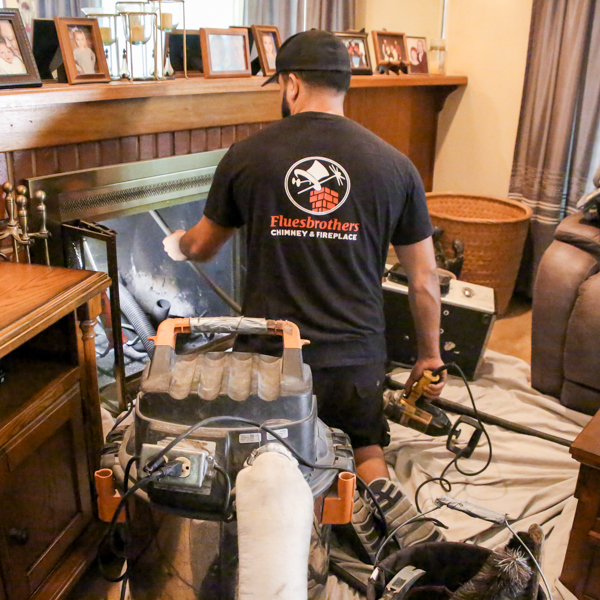 1.) I Can Wait Until Fall to Clean the Chimney
1.) I Can Wait Until Fall to Clean the Chimney
Many fireplace owners forget about their fireplace once summer arrives, thinking it’s best to wait until fall to schedule annual cleaning and maintenance. However, it’s typically better to have a professional chimney sweep come during summer to perform this service and here’s why.
Because most people wait until fall to schedule chimney cleaning and maintenance, chimney service companies get busy quickly, so scheduling time during their fall rush can be difficult and you may not be able to get it done. Waiting until next season can be dangerous, especially if you have significant creosote buildup or a severe blockage. Furthermore, if you wait until the last minute to book an appointment for chimney cleaning, and the technician discovers damage that requires immediate attention, there may not be enough time to get it fixed before winter.
Scheduling your chimney cleaning in summer ensures you can book an appointment that’s convenient for you and gives you plenty of time to repair any damage or perform maintenance that will make your fireplace and chimney safe to use once winter arrives.
2.) I Don’t Need to Close The Damper
The fireplace damper is a vent typically at the base of the flue that you keep open when using the fireplace to allow airflow to feed the fire and the combustion byproducts to go up the chimney.
Many people think it’s safe to leave the damper open during summer because the fireplace isn’t in use. The idea is that leaving damper open will air out the chimney and improve airflow to keep your home cool. However, leaving the damper open during summer is a bad idea, and here’s why. First, keeping the damper closed keeps your home cooler by preventing cold air from your HVAC system from going up the flue, thus keeping your home cool and improving energy efficiency. Second, closing the damper prevents moisture from seeping down, and debris and critters from getting stuck in the flue.
3.) I Didn’t Use My Fireplace Much This Winter, So I Don’t Need an Inspection
Another common myth that crops up, especially during mild winters, is that if you don’t use your fireplace frequently or at all, there isn’t much creosote to bother with so I can skip the cleaning this year.
Wrong!
Creosote isn’t the only problem that you have to worry about when owning a fireplace; water damage can be just as bad. The masonry materials that comprise your chimney are porous and absorb water. Once water seeps in and freezes, it expands causing tiny cracks. Over time, these cracks worsen and can weaken the structural integrity of your chimney. Even if you didn’t use your fireplace once during winter, the chimney was still exposed to the elements, so it’s crucial that you call a professional chimney service to inspect the system for damage and fix it before it gets out of hand, and summer is the best time to do this.
Cleaning My Fireplace At The End Of Winter Prevents Summer Odors
Many people think that if they clean their fireplace and chimney right after winter, they won’t have to worry about foul odors during the summer, but this isn’t typically the case.
No matter how thoroughly you clean the fireplace and chimney, creosote particles absorb into the porous bricks and mortar. The reason you may get an odor during summer is because the heavy, humid air flows down the flue, into the house, and brings the odors with it.
One way to solve this problem is to install a top mounted damper to seal the chimney during the summer and prevent the warm air from getting in. A top mounted damper also prevents debris like leaves and branches and critters from getting into the chimney.
The post 3 Summer Fireplace Myths appeared first on Fluesbrothers Chimney Service.
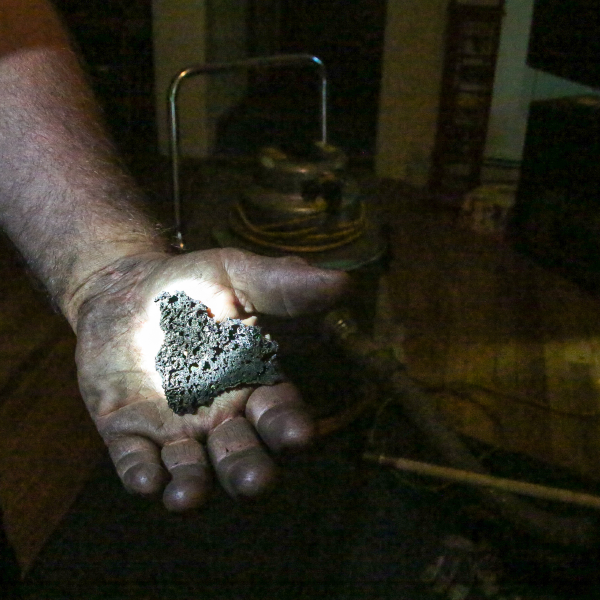 Creosote Build-Up
Creosote Build-Up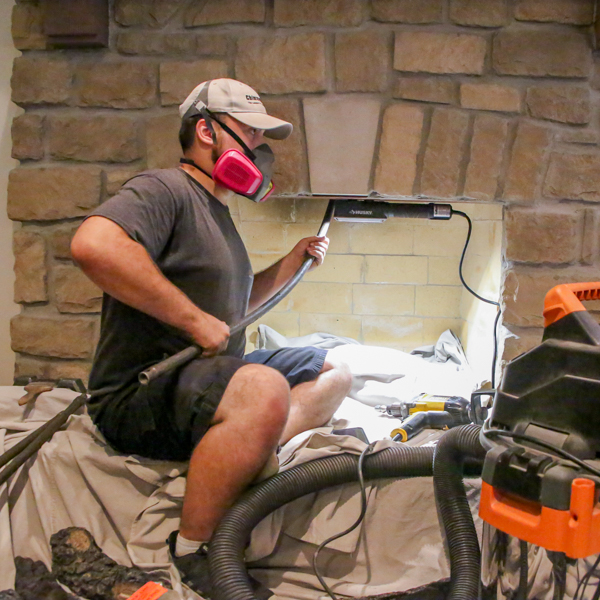 Chimney Sweep Inspection
Chimney Sweep Inspection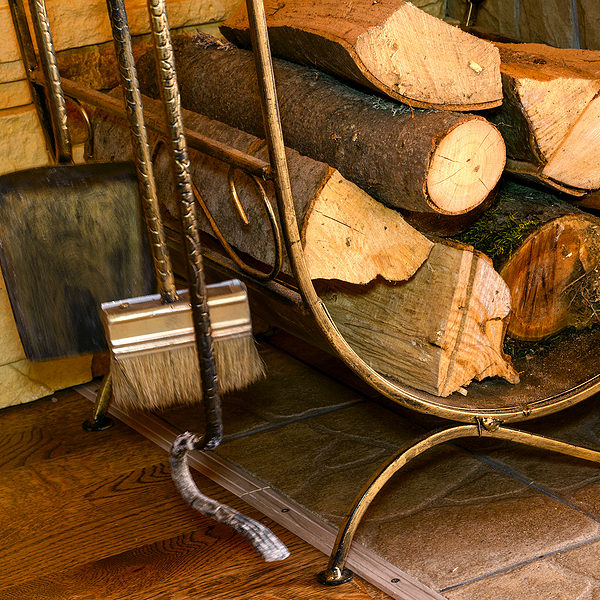 How to use your fireplace spade or shovel
How to use your fireplace spade or shovel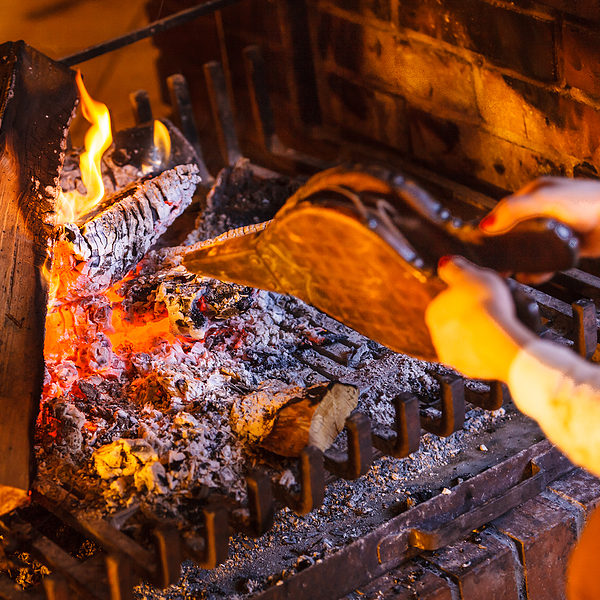 What are the bellows used for exactly?
What are the bellows used for exactly?